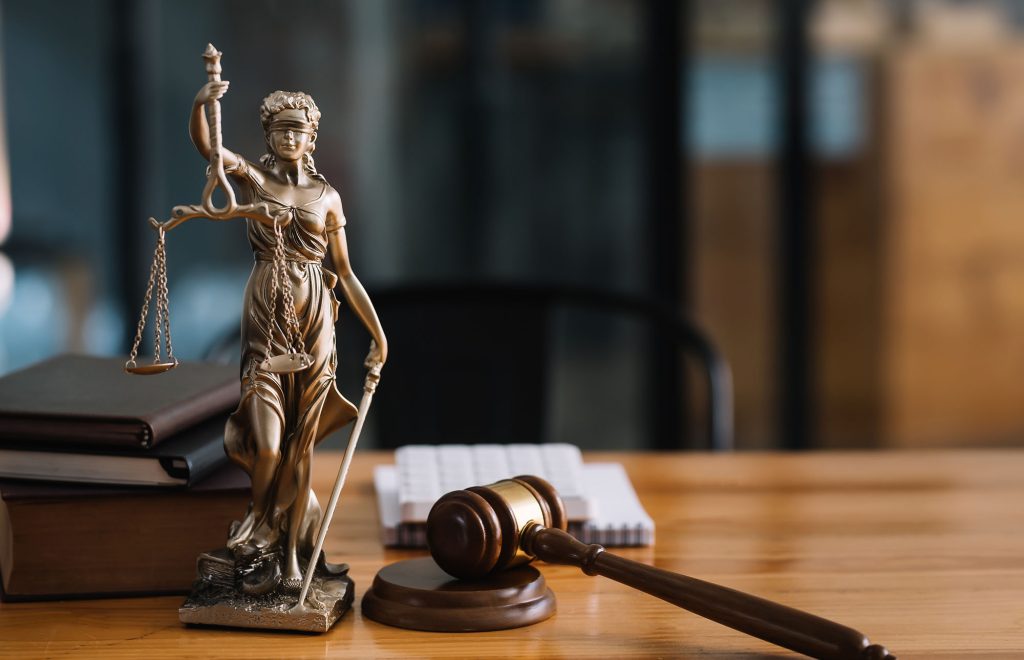Welcome to Hussain and Associates Legal Service’ blog series on personal injury law. In this article, we’ll discuss essential tips for effectively documenting evidence after an accident to support your personal injury claim.
1. Take Photos and Videos
Immediately after the accident, if possible, use your smartphone or camera to take photographs and videos of the accident scene, including any vehicles involved, property damage, visible injuries, road conditions, and any other relevant details. Visual evidence can be invaluable in illustrating the extent of damages and establishing liability.
2. Obtain Witness Statements
If there were witnesses to the accident, gather their contact information and ask them to provide statements regarding what they saw and heard. Witness testimony can corroborate your version of events and strengthen your claim.
3. Preserve Physical Evidence
Preserve any physical evidence related to the accident, such as damaged property, torn clothing, or defective equipment. Do not alter or discard any evidence, as it may be crucial in proving fault and demonstrating the extent of your damages.
4. Obtain a Police Report
If law enforcement responds to the accident scene, request a copy of the police report. The report typically contains essential details about the accident, including statements from involved parties, witness information, and the officer’s assessment of fault. A police report can serve as a valuable piece of evidence in your personal injury claim.
5. Keep Detailed Records
Keep detailed records of all medical treatment related to your injuries, including doctor’s appointments, diagnostic tests, medications, and rehabilitation sessions. Retain copies of medical bills, invoices, and receipts to document your medical expenses accurately.
6. Document Your Injuries
Photograph your injuries throughout the recovery process to document their progression and severity. Be sure to include close-up shots and wide-angle views to provide a comprehensive visual record of your injuries.
7. Maintain a Journal
Keep a journal documenting your experiences following the accident, including your pain levels, limitations in daily activities, emotional distress, and any other effects of your injuries. A journal can help convey the full impact of the accident on your life and serve as compelling evidence of your damages.
Conclusion
Documenting evidence after an accident is crucial for building a strong personal injury claim and maximizing your chances of receiving fair compensation. By following these tips and consulting with an experienced personal injury attorney at Hussain and Associates Legal Service, you can effectively navigate the legal process and protect your rights. If you’ve been injured due to someone else’s negligence, don’t hesitate to reach out to us for expert legal guidance and help.

